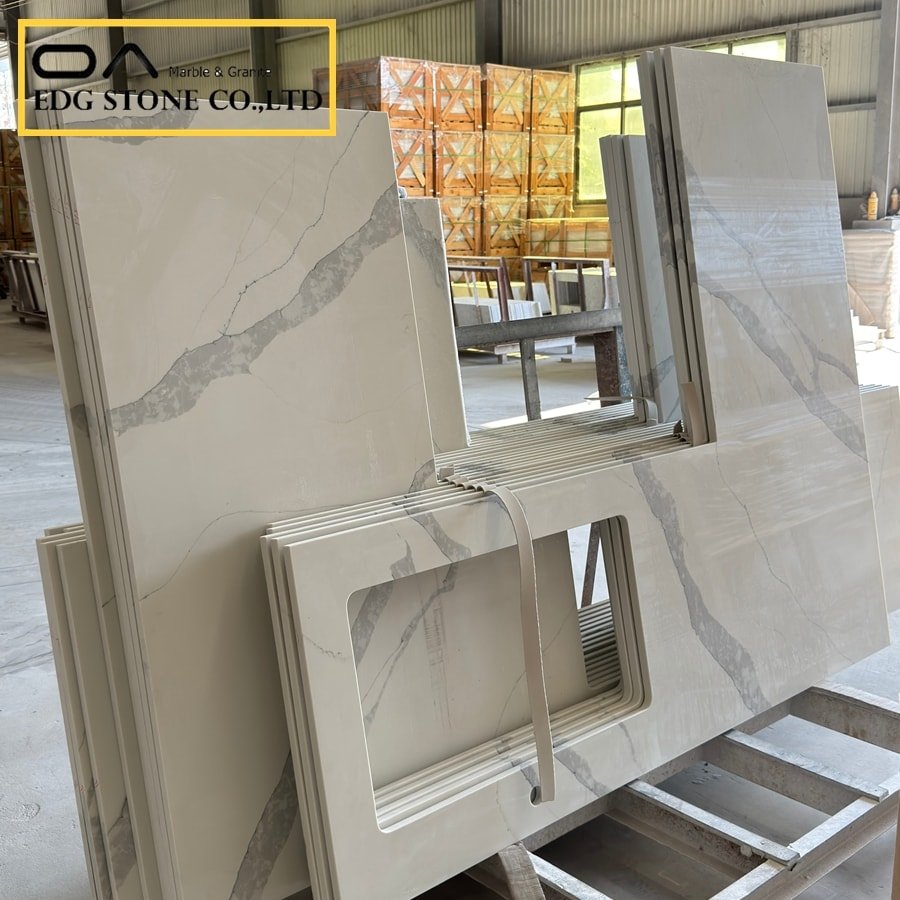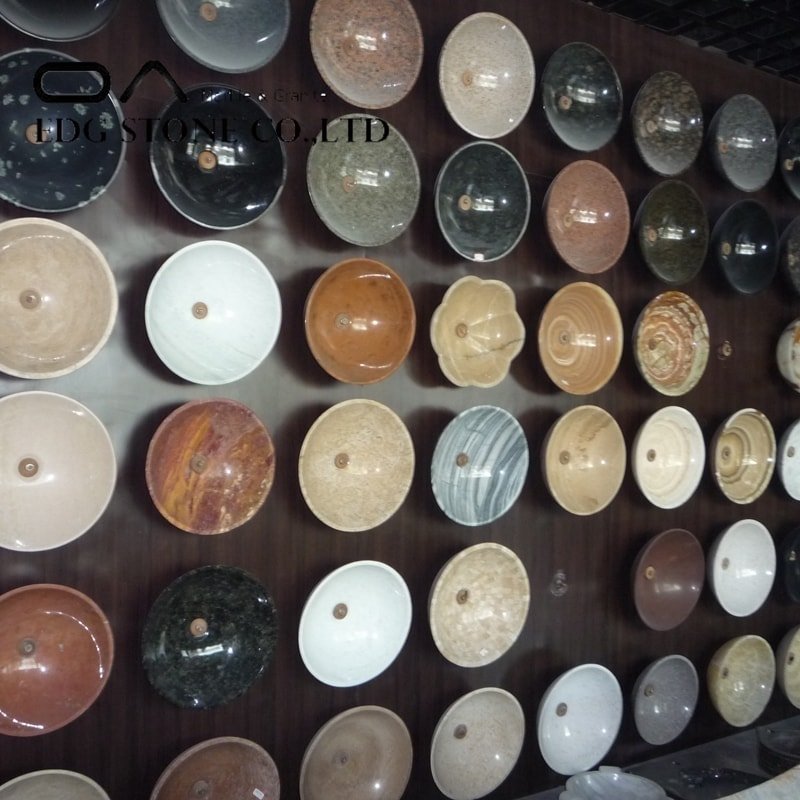Quartz stone is a super hard environmentally friendly composite material produced by quartz particles, resins, pigments, and other additives through the use of advanced vacuum high-pressure technology by the quartz stone manufacturer. The color of the quartz stone plate is as colorful as natural marble, and the surface is smooth and stain-resistant like glass, The material is as hard as granite. Loved by many designers, and quickly occupied the decoration market. However, among many artificial stone products, the probability of color difference of quartz stone is also higher.
The most common chromatic aberrations of quartz stone plates are: the background color of the plate has different shades, the uneven distribution of the plate particles causes visual chromatic aberration, the local discoloration of the plate, and the appearance of color groups of different sizes. The most obvious is the splicing of two plates, there will be an obvious color difference. There are many factors that cause chromatic aberration, let’s take a look at it together.
1. Raw materials, products of the same batch number, unstable raw materials are one of the main causes of color difference, which is mainly manifested in the fact that the same batch of raw materials is changed into plates due to the different background colors of the rough mines, so the beneficiation is very important; the ore must be checked before processing, To remove differentiated ore materials, the ore must be stable. In addition, the whiteness of the stone powder should be high, and the inspection should not be black or yellow, otherwise, the iron, calcium, or other non-ferrous metals will exceed the standard. The second is the added white glass mirror glass, the quality of the current market is very unstable, the color is different, the most likely to produce chromatic aberration.
2. Resin mixing and the addition of color materials. The amount of color materials determines the length of the mixing time. It cannot be the same. In the process of weighing and adding color materials, weighing errors or poor operation, it is also the main cause of the color difference.
3. The performance and purity of the resin.
4. Improper operation during mixing and distributing.









